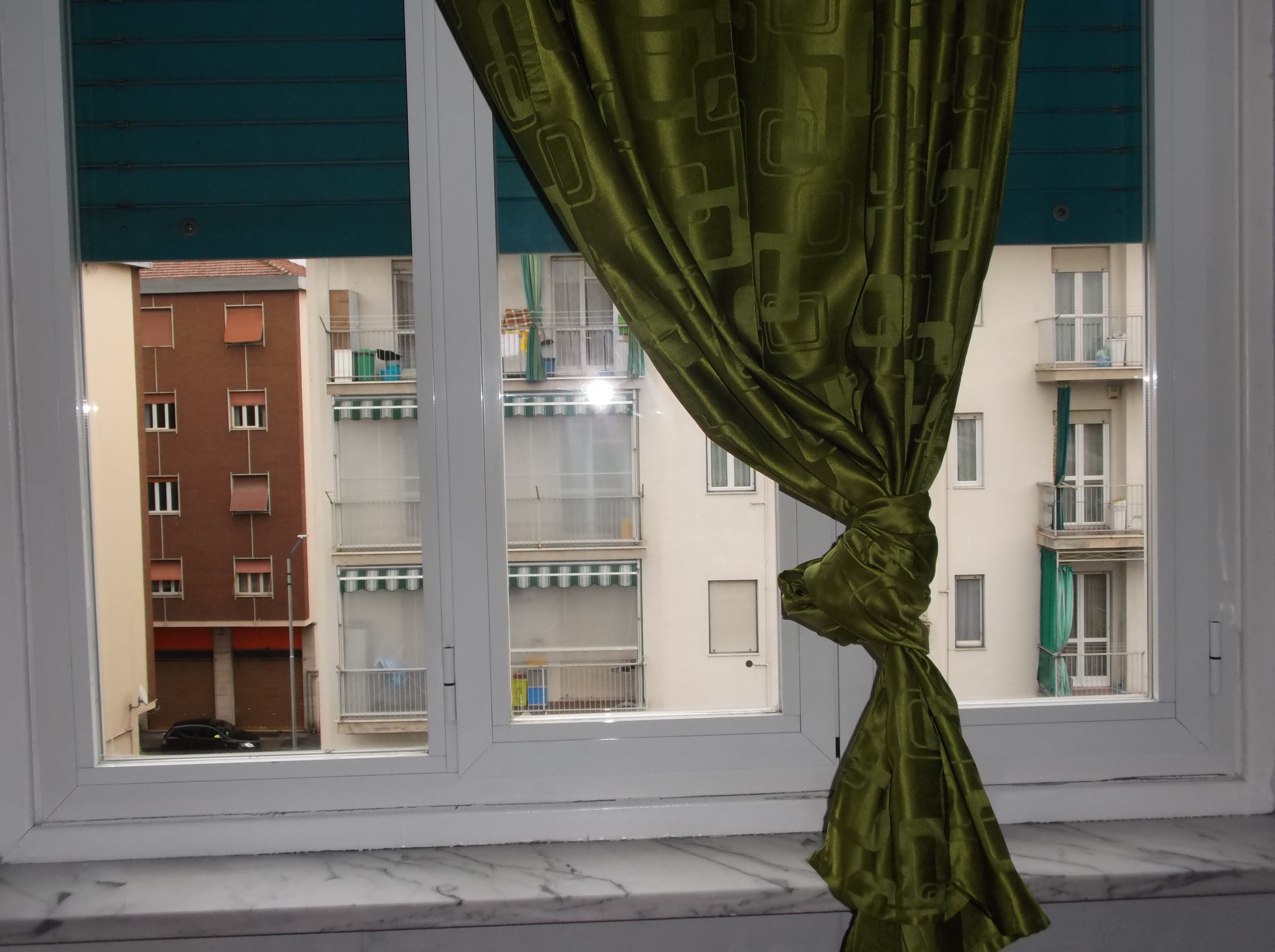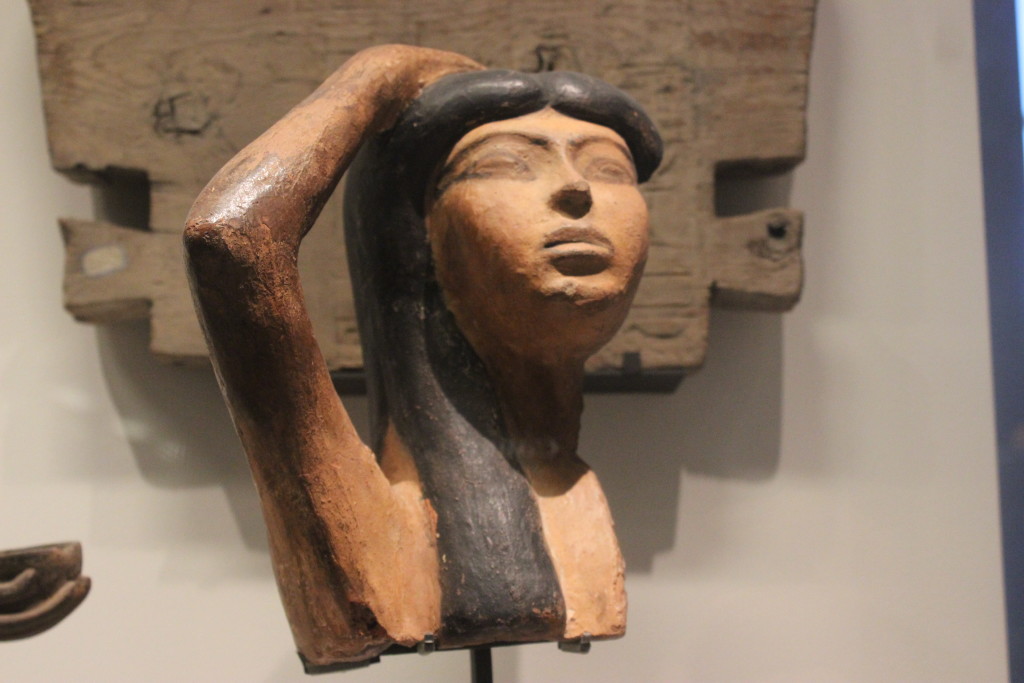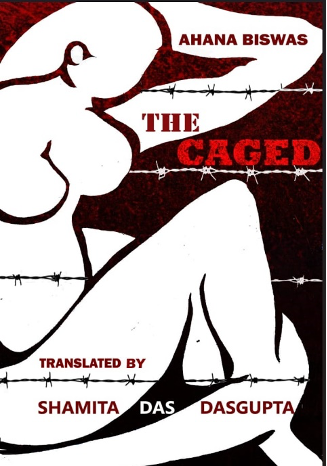I lead Voice of Freedom, a photography project where trafficked women take the cameras into their own hands—cameras more often used to objectify them, to represent the women as nothing more than projections of a viewer’s desire or shame.
The media loves a tragic story. What fits less well with its usual narrative is the idea of a trafficked person as an equal: someone who, but for poverty and geography, might be a friend.
This October, Voice of Freedom worked in Asti, at the Piam Onlus shelter, with 10 women who had been trafficked from Nigeria, through the brothels and prisons of Libya, via terrifying journeys across the sea in boats hardly worthy of the name, into Italy where contrary to their expectations of a job such as beautician, hairdresser or jewellery-maker, they were set to work as prostitutes on the street. Any woman who refused might be starved, certainly would be beaten; if she managed to escape from her trafficker, the woman would have to sleep on the street, penniless, undocumented, and longing for those she had left at home.
Into these women’s hands, Voice of Freedom placed cameras and asked them to think about the messages they wanted to send into the world. In two intensive weeks, women and facilitators created a group where trust was key. The women, from different tribes and regions of Nigeria, discussed together how they had been trafficked, the effects of poverty and women’s inequality, and the deception of the people—traffickers who had brought them there.
The women began to consider themselves as a body—to externalize individual suffering into a wider message. This was no longer simply about personal tragedy and survival: their experiences became part of a structure, a larger whole, and began to have meaning, which they defined.
We considered the concept of ‘advocacy’, and explained that through this work, if the women chose, they could advocate for their and their communities’ needs. Media is powerful: The tool was now in their hands.
Each woman in the group took to the work. We visited World Press Photo exhibition in Turin, where for the first time they saw the power of media to communicate experiences such as theirs. Then they decided they could do it better, because they were the ones who had had those experiences: the stories were theirs to tell.
We witnessed what happens when a woman who has not had a chance to speak her own truth does it for the first time—the dignity and power of their work, in contrast to the artificiality of documentation by those on the outside.
With the women’s permission, Voice of Freedom will share this photography with anti-trafficking campaigners and lawmakers. We also plan to exhibit it in Italy, the UK and beyond. In it, you see each woman as a whole person, with a whole life—a before. She is more than just the sum of her trafficking experiences—the work humanizes. We see through her eyes and understand that she is the best communicator of a life unknowable in any other way. Empathy arises through listening, not objectification, which can trigger in the viewer pity, or, through a sense of powerlessness, a turning away and disgust.
So here is a small selection of the women’s work, with its unexpected perspectives and utterly compelling detail that draws us close, as if listening to a trusted friend.
Leila Segal is director of Voice of Freedom
The following photographs were created by women on the Voice of Freedom workshops at Piam Onlus shelter, Asti, in October 2017. Each picture is followed by the words of the woman who took it. Workshops were facilitated by Leila Segal and Liz Orton.
Gloria
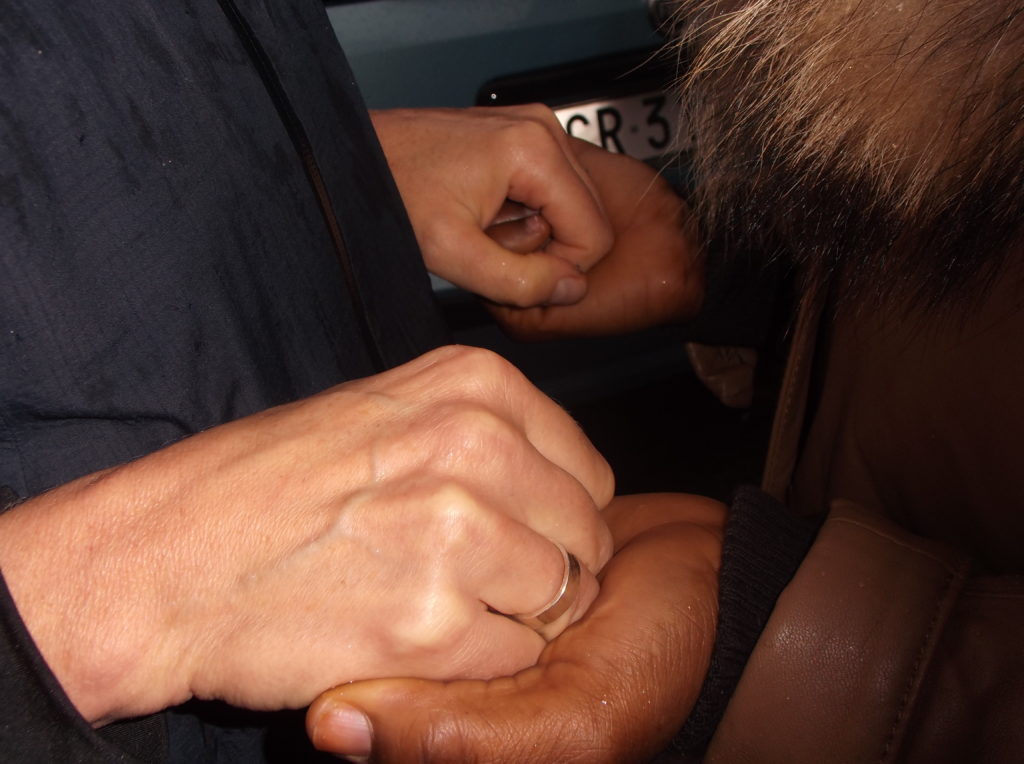
Photo: Gloria, courtesy of Voice of Freedom
‘Many of us, and almost all of us, have passed through too many temptations in life, too many struggles and trials—the trip here, how difficult it is. Libya is hell… the sun… we are in prison. But being out of that Libya is to testify that we are now free from that place. So I took this picture as a bond of consolation. We were trafficked, and the anti-traffickers giving us the hope that they are going to deal with these issues.
‘And we are here. Like me, I’m in Europe now. I’m going to see a place to live. Maybe somebody’s going to feed me and accommodate me, and giving me some pocket money and shelter. I took a picture of a white person and a black person. The white person is comforting the black person and these are the people who are helping. So that’s my feeling.’
Sarah Oluwatimileyin
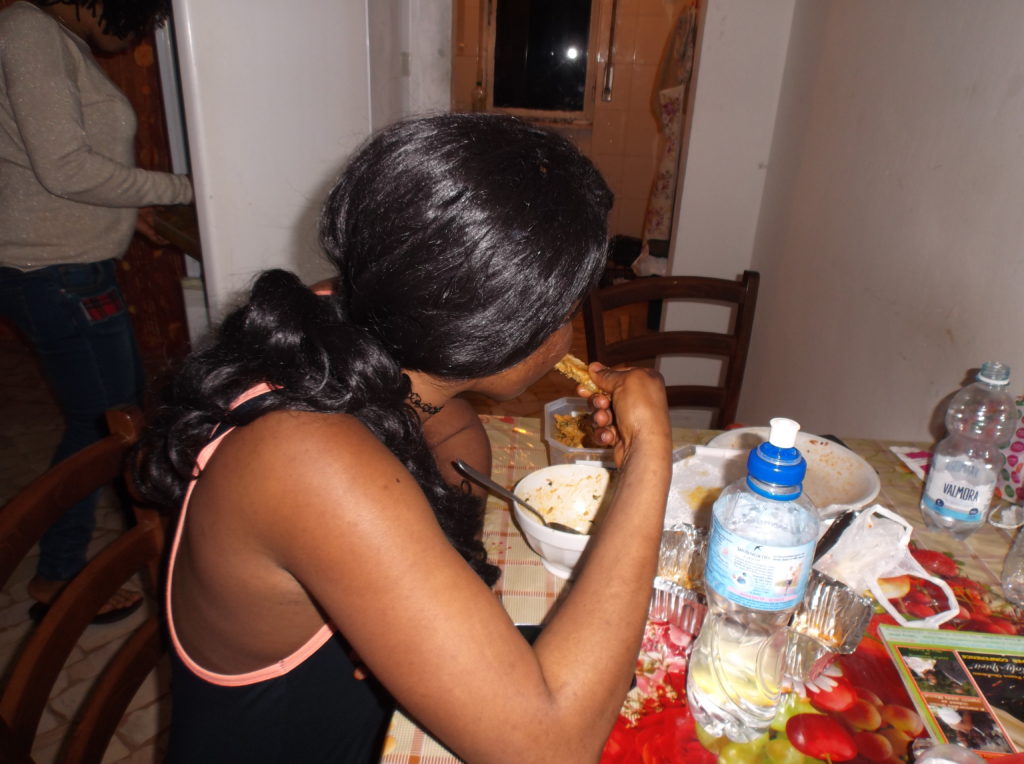
Photo: Sarah Oluwatimileyin, courtesy of Voice of Freedom
‘I love this picture because whenever I look at her personally I look at her as my childhood friend. There is a friend like that, not she, but they look alike so much. We were brought up together, her name is Dami. The church I attend, her dad is the owner of the church, my dad is the second in charge of the church and that is how they brought us together when we were two years old.
‘Later, her mum and dad broke up and her mum left and her dad married another wife who started maltreating them. Suddenly Dami just got missed—they were like, “Dami has travelled, travelled to abroad,”—this and that. Meanwhile, later we find out that they took her to one village for slavery—her dad sold her for slavery so she can bring money. There was no money so that is why they sold the girl.’
Emmanuel Joyce
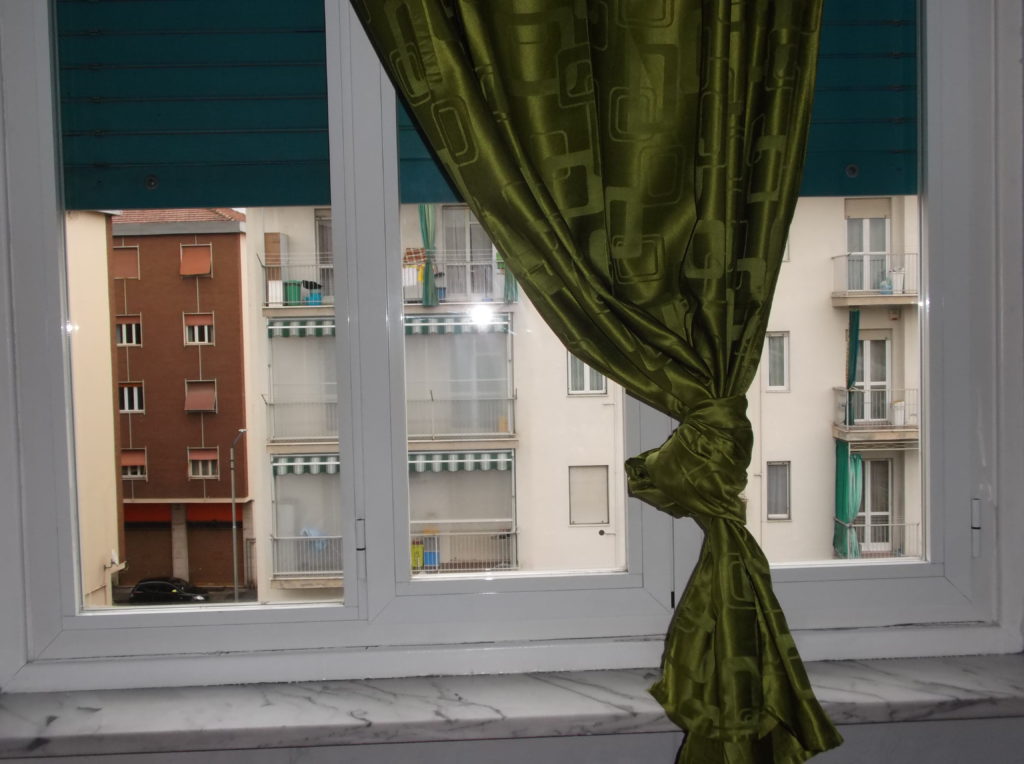
Photo: Emmanuel Joyce, courtesy of Voice of Freedom
‘I took this picture when I woke up in the morning. On the other side it is houses. I open the windows, tidying everywhere, because in Nigeria we don’t have curtains and we don’t have windows. We have iron window and even if you want to look outside you can’t. You just peep like this. It’s iron bars. I took this picture to remember my background. There is even those houses around the back. We don’t have that in our village, there are many bushes around. I am on the ninth floor here—where I live in the village is just an ordinary house, there are no steps.’
Stefan
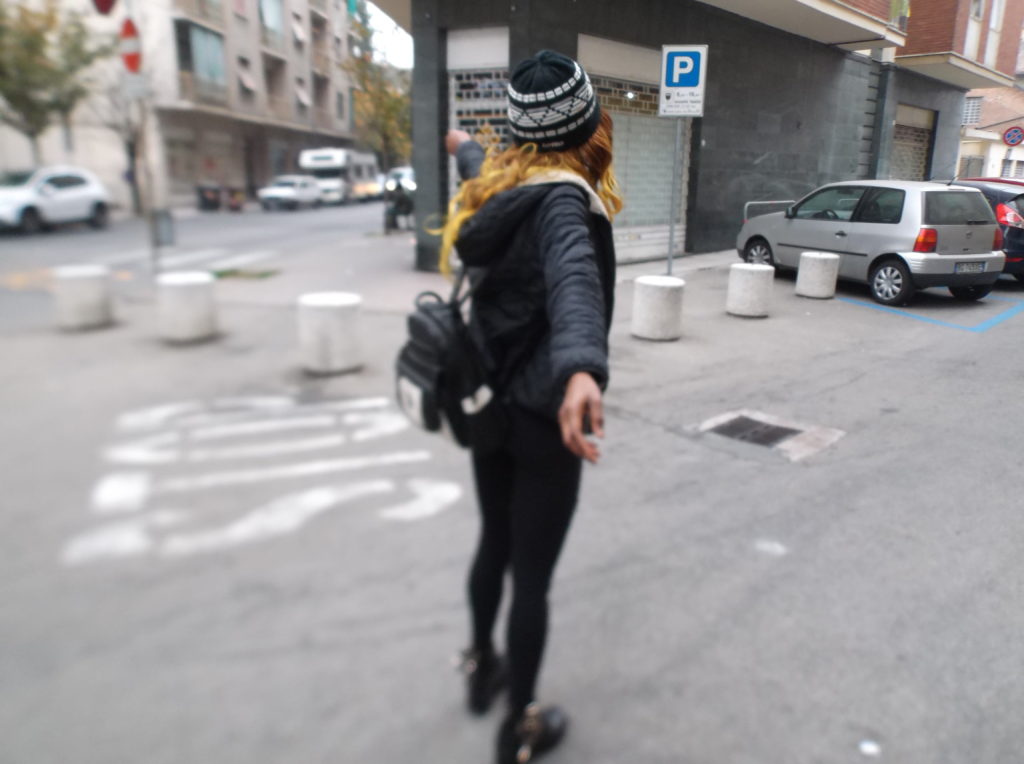
Photo: Self-portrait, Stefan, courtesy of Voice of Freedom
‘The colour I’m wearing is black. It’s a mourning colour. In the week I snapped this picture I was mourning my mum and up to now I’m still with the black. I promised I was never going to leave my family. I did everything I did because I have this heart, I want to help.
‘In this picture I’m looking forward, looking ahead at what I’m going to be, and achieve greater things. But my right hand is behind, reaching back for my family, people who need help. Reaching back, there is nothing to touch, there is nothing to hold. The way is still very far back: my hand is empty, because I still have a lot to do. I want to be, “mummy don’t worry, I’m going to buy you the best car.” It’s so painful, me reaching back for that woman I looked at and I smiled. ‘
Okungbowa Osamude
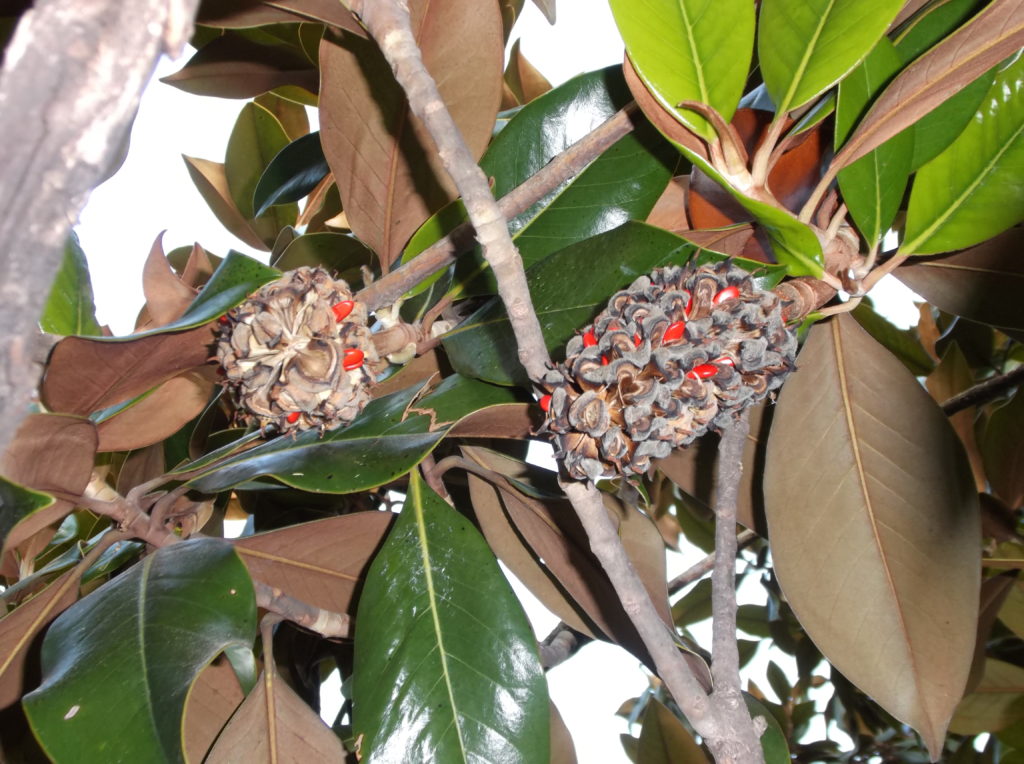
Photo: Okungbowa Osamude, courtesy of Voice of Freedom
‘I took this picture because the fruit inside was very sharp and made me to snap it. This picture reminds me of dry bones coming back to life, dead things coming back to life, things that are forgotten coming back to life—things that are not supposed to be. Now it’s bringing itself back because the tips of the leaves are brown… the brown ones are coming back to life. The green ones, they are ready to enjoy the fruit of life; the fruit now is showing the beautiful of the tree. Fruit has life.’
Greatness
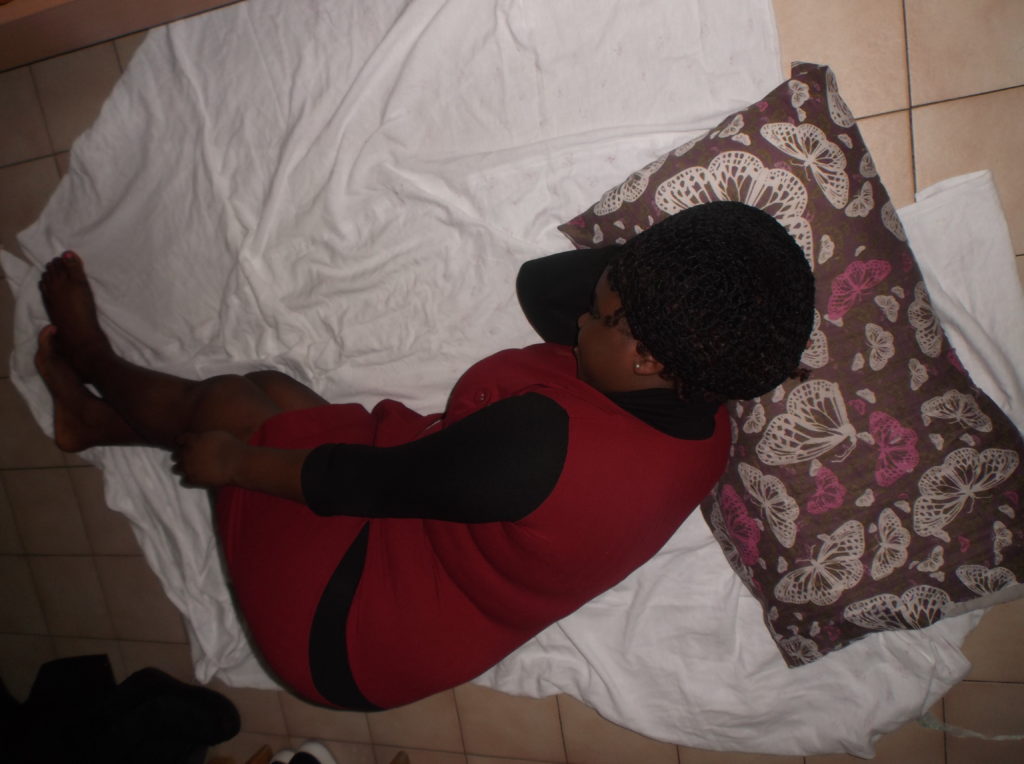
Photo: Self-portrait, Greatness, courtesy of Voice of Freedom
‘In desert there is no house. You can’t see house in desert. We just sleep outside. Back then they would load us like 50, 20, in the Helios [truck]. There would not be space for you to stand or move. So anybody that fall down they are not going to wait for him, that person will just die there. Because of the sand there is no water, no food. We spent the nights on the sand, it was very very cold.
‘Back home in Nigeria the sand is very good. There is no cold, no hot. Very good. We do spread clothes on it, and sleep on it. We don’t need to go inside because the sand will be okay.’
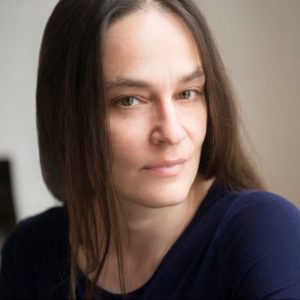
Born in London, of Polish, Lithuanian and Romanian descent, Leila Segal trained as a barrister. Her debut short story collection, Breathe: Stories from Cuba (2016) was funded by Arts Council England, and originates in the time she spent living in Havana and Cuba’s rural far West. Leila taught creative writing to prostituted women for a year on Change The Picture (2007) in London’s East End, and led The Jaffa Photography Project (2008), which brought together Arab and Jewish teenagers to document their lives. Since 2010, Leila has been director of Voice of Freedom, a project which enables women who have escaped their captors, and sometimes given evidence against them, to use text and photography to talk about their lives.
Photo by Marte Lundby Rekaa.
Featured image: Photo by Emmanuel Joyce, courtesy of Voice of Freedom.










































